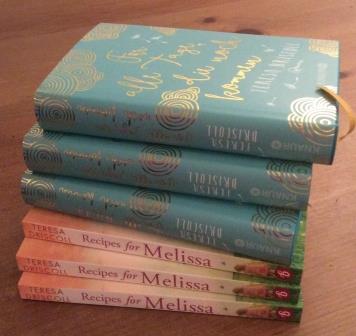 I thought I would share a little tip today which I still use regularly myself when writing and also editing short fiction. When I first started penning stories professionally, I inevitably had my share of rejections (who doesn’t!). Over the years I have thankfully managed to minimise those dreaded “no, thank you” responses and even when they do pop into the inbox (oops), I can normally “fix” a story quite quickly these days to ensure I sell it on somewhere else. How? At a recent short story workshop, I told my students to carefully drill the “basics” at the story planning stage. You need, above all, a strong character and a strong theme. Avoid clichéd situations and try to think of something original. Then check that your character has learned something or changed significantly by the end of the story. This is the clincher. It may be that your character has realised something internally. It may be some external change. But it must be significant. A story can’t just be a moment in time that goes nowhere ( ie has no plot) – however brilliantly you write it. “Not enough plot” is a regular reason for rejection in the magazine market. So check that your story has layers. Plot can be woven in as back story…but it must be there. The reader needs to understand why your character has a problem. Where that problem came from. And how the character might move forward from it. Ipso facto. The plot must thicken! Happy writing! Comments are closed.
|
AuthorTeresa Driscoll - journalist, author, mother of two and lover of great coffee. CATEGORIEsArchives
February 2024
|
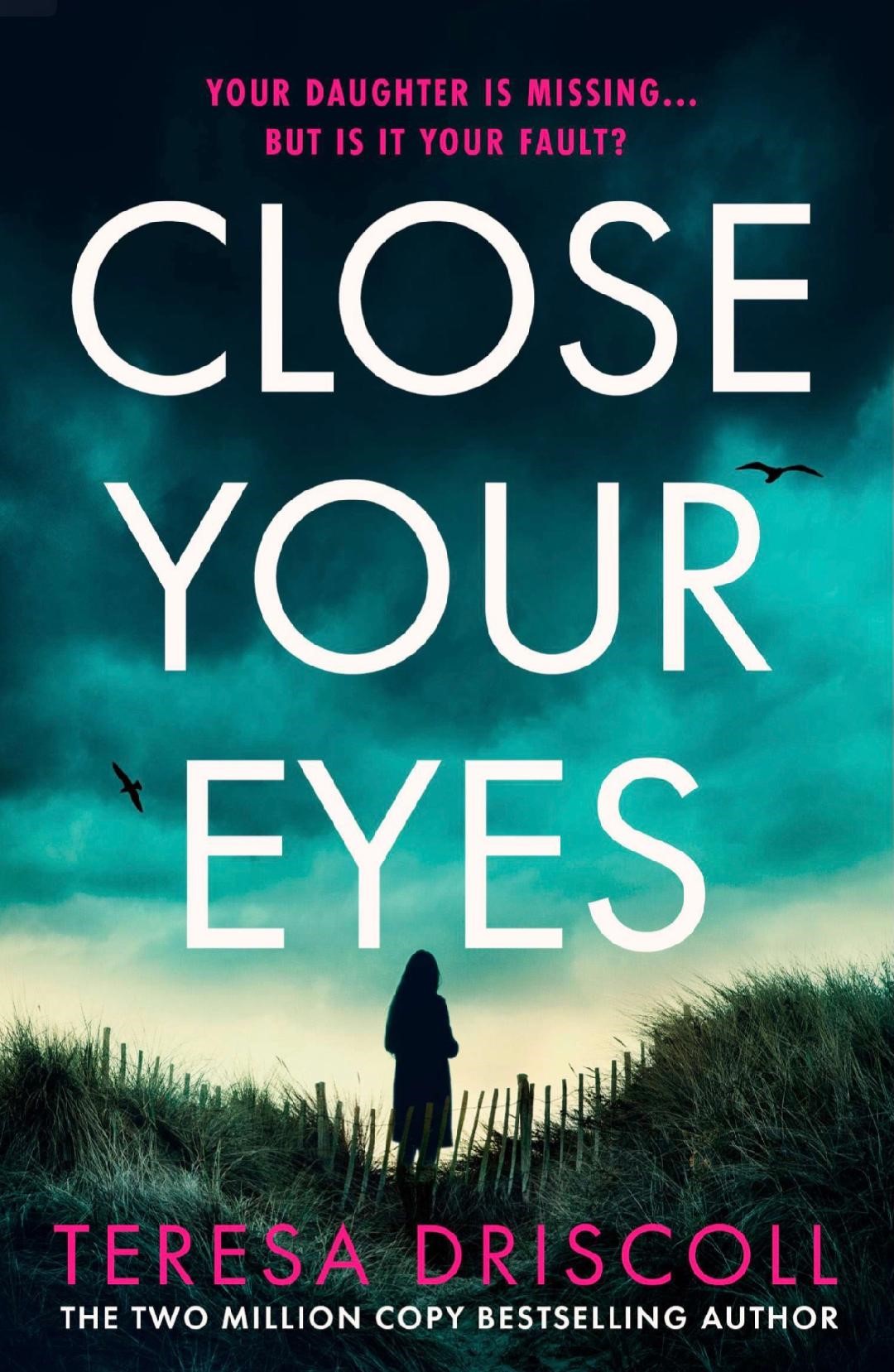
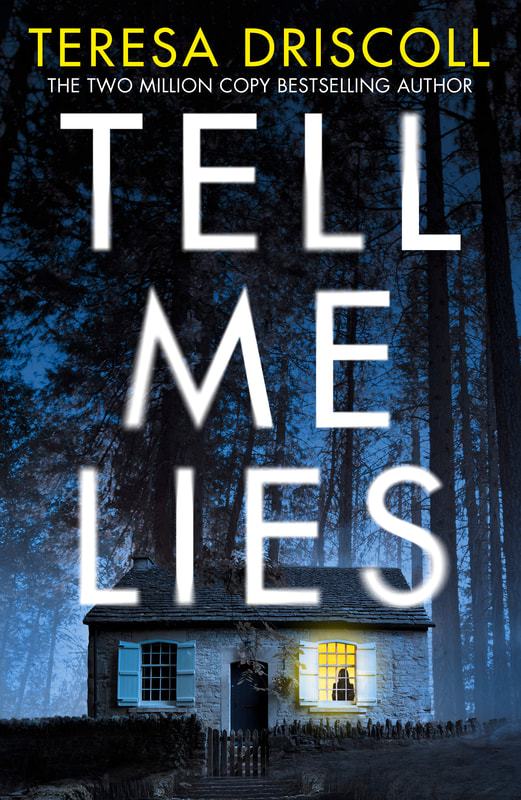

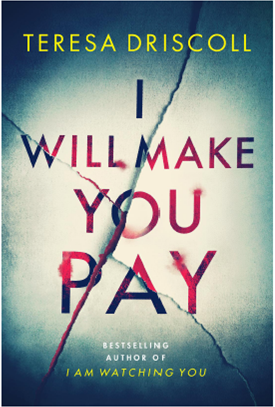
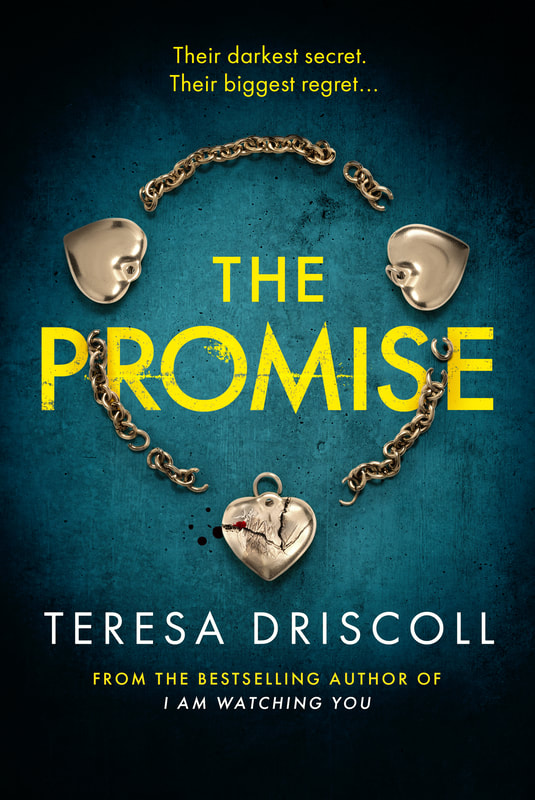
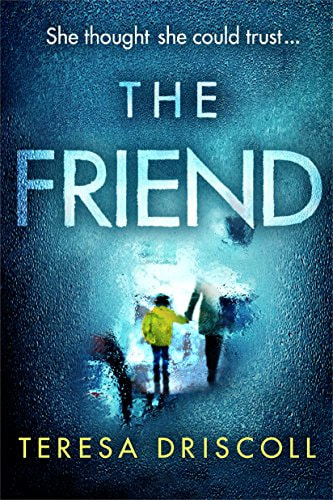
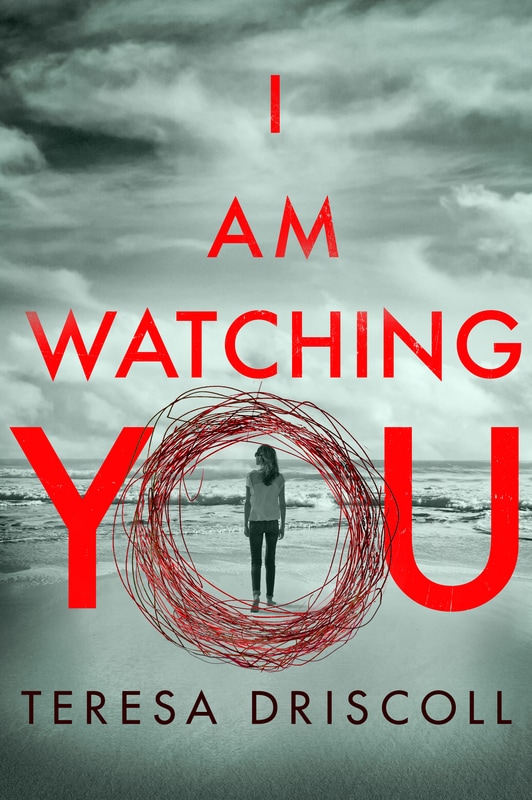
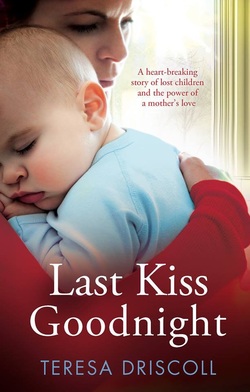
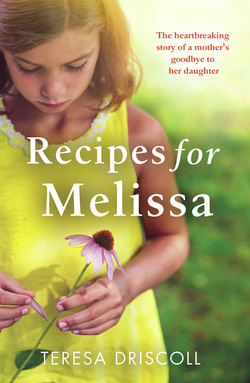


 RSS Feed
RSS Feed
